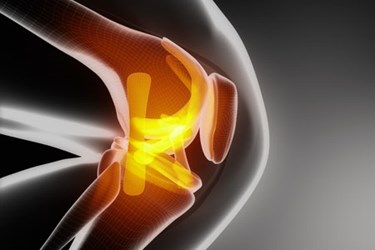The Future Of Joint Replacement Is Tissue Engineering

Engineering cartilage has typically involved "encapsulating chondrocytes, or stem cells which can be differentiated along a chondrogenic linage, in a supportive matrix such as a hydrogel or scaffold," Advanced Healthcare Materials explains. But while chondrocyte-based therapies have been available in the clinic and some in clinical trials, many of those products have not demonstrated efficacy, and significant translational challenges remain. Such techniques can repair focal cartilage defects, but they can't repair complex osteoarthritic joints.
Now, potential engineered-tissue cartilage products are beginning to be formed through biofabrication. Osteochondral tissue engineering is the additive technology that "makes it possible to spatially pattern cells, bioactive factors, and biomaterials in 3D," Advanced Healthcare Materials asserts. The technology can mimic cartilage's natural mechanical properties, and it can be bioprinted to engineer 3D structures with cells along gradients and more complex biological cues.
Get unlimited access to:
Enter your credentials below to log in. Not yet a member of Cell & Gene? Subscribe today.
